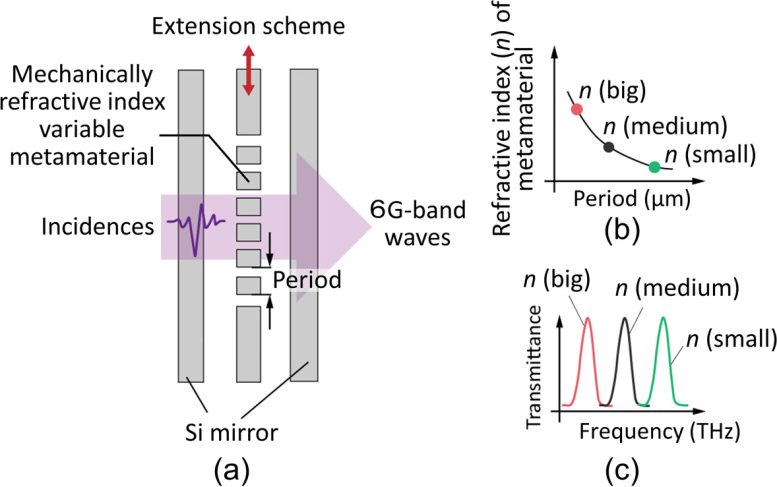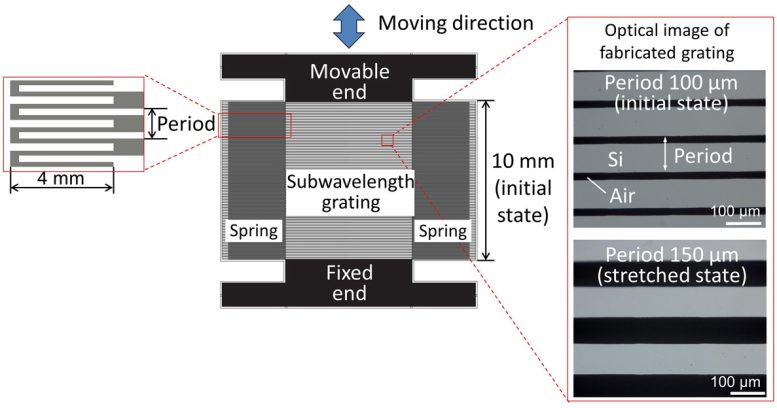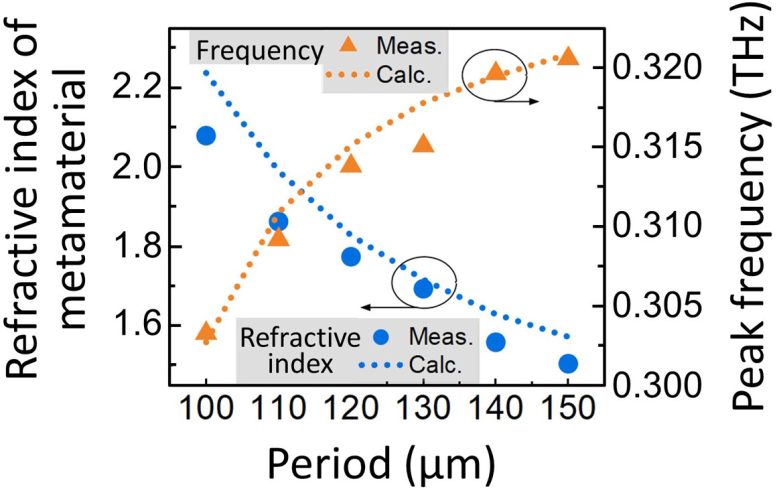Researchers at Northeastern University have developed a tunable filter for terahertz wave signals that helps increase transmission rates and improve signal quality. This breakthrough is critical to the advancement of terahertz applications in communications, medical imaging, and industrial analysis, and is expected to unlock the full potential of terahertz waves in various fields.
Terahertz frequency electromagnetic waves hold great promise for advancements in communications, scanning and imaging technologies. However, realizing their potential is fraught with obstacles. A team at Northeastern University has made a breakthrough, creating a new tunable filter specifically for the terahertz spectrum.Their findings were published in the journal Optics Express.
Terahertz waves occupy the region of the electromagnetic spectrum between microwave and infrared frequencies. They have a higher frequency (shorter wavelength) than radio waves, but a lower frequency than visible light. The increasingly crowded radio wave spectrum carries large amounts of data transmitted via WiFi, Bluetooth and current mobile phone (cell phone) communication systems.

Conceptual diagram of the developed tunable filter. (a) Cross-sectional view of the filter; (b) Relationship between period and refractive index; (c) Frequency shift due to changes in refractive index. Image source: Ying Huang et al.
Signal congestion in the low-frequency portion of the electromagnetic spectrum is one motivation for exploring options in the terahertz region. Another is the ability to support ultra-high data transfer rates. However, a key challenge in using terahertz signals for everyday applications is the ability to tune and filter signals at specific frequencies. Filtering is required to avoid interference from signals outside the desired frequency band.
Breakthrough in terahertz filtering
Yoshiaki Kanamori of the Tohoku team said: “We built and demonstrated a frequency-tunable filter for terahertz waves, which achieved higher transmission rates and better signal quality than conventional systems, revealing the potential of terahertz wireless communications potential. The work could also have broader applications beyond the terahertz band, he added.

Mechanically variable refractive index metamaterials. Image source: Ying Huang et al.
The new terahertz filter is based on a device called a Fabry-Perot interferometer, which, like all interferometers, relies on interference patterns created when different waves of electromagnetic radiation interact as they bounce between mirrors. The researchers’ version uses finely structured gratings as material between the mirrors, with gaps smaller than the wavelength of the interacting waves. Variable stretching of the grating allows fine control of its refractive index to tune the interferometer’s filtering effect. This only allows transmission of the required frequencies. Different selected frequency ranges can be controlled using different gratings.
Expand application scope and advantages
The team has already demonstrated the use of their system at frequencies suitable for next-generation (6G) mobile phone signals.

Adjust the refractive index and frequency by controlling the period. Image source: Ying Huang et al.
“In addition to applications of our method in communication systems, we also envision use in scanning and imaging technology in medicine and industry,” Kanamori said.
One of the advantages of terahertz waves for scanning and imaging is that they can easily penetrate materials that block the passage of light, including biological tissue. In addition to medical applications, this could provide opportunities for material analysis, safety systems and quality control in manufacturing.
“Overall, our work provides a simple and cost-effective way to filter and actively control terahertz waves, which could facilitate their use in many applications,” Kanamori concluded.
Reference: “Tunable Fabry-Perot interferometer operating in the terahertz range based on efficient refractive index control using variable-spaced subwavelength gratings” by Ying Huang, Naoki Inomata, Taiyu Okatani, Yoshiaki Kanamori and Yangxun Liu, February 14, 2024 Optics Express.
DOI: doi:10.1364/OL.515504
#Unlocking #future #breakthroughs #terahertz #communications
Image Source : scitechdaily.com
